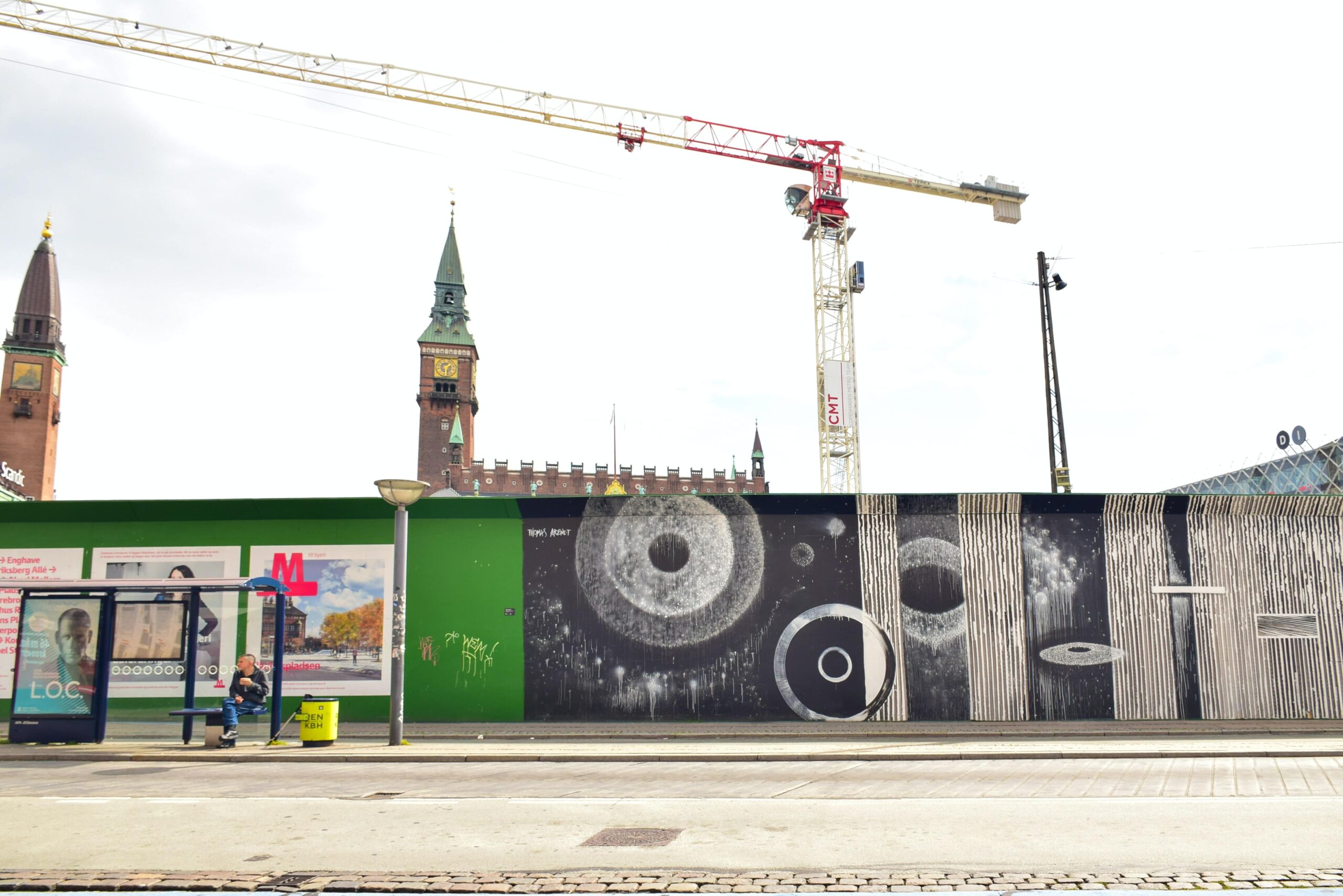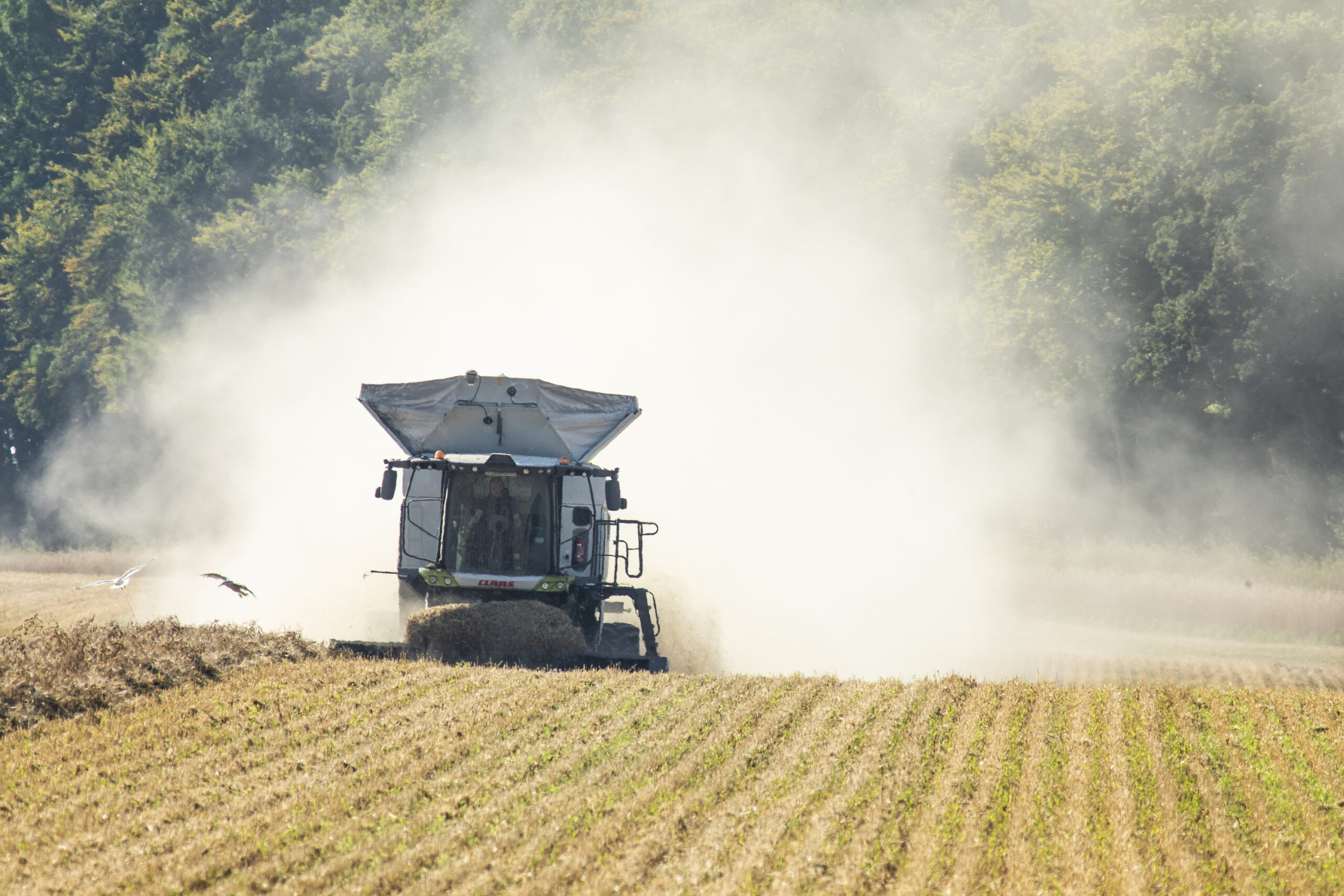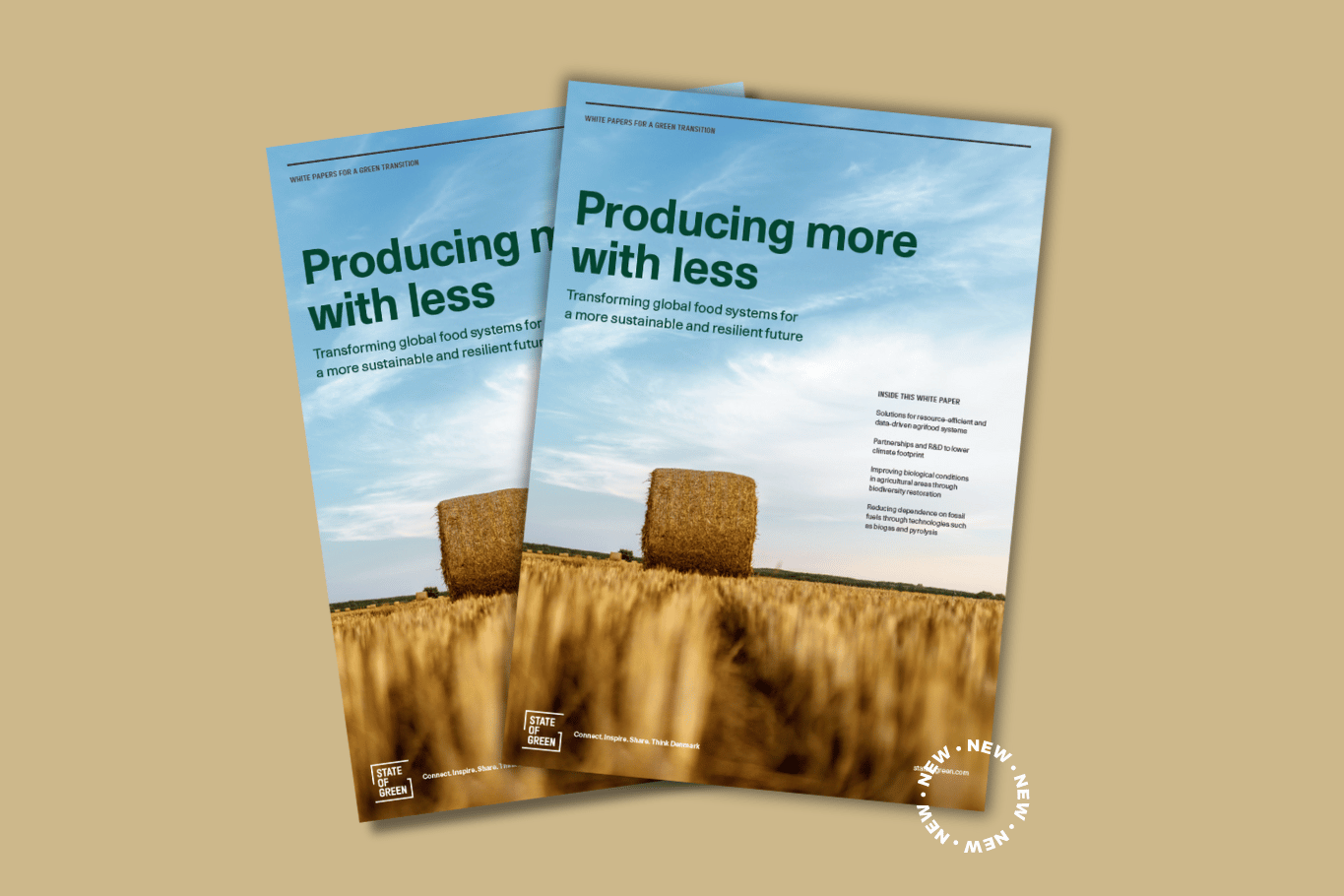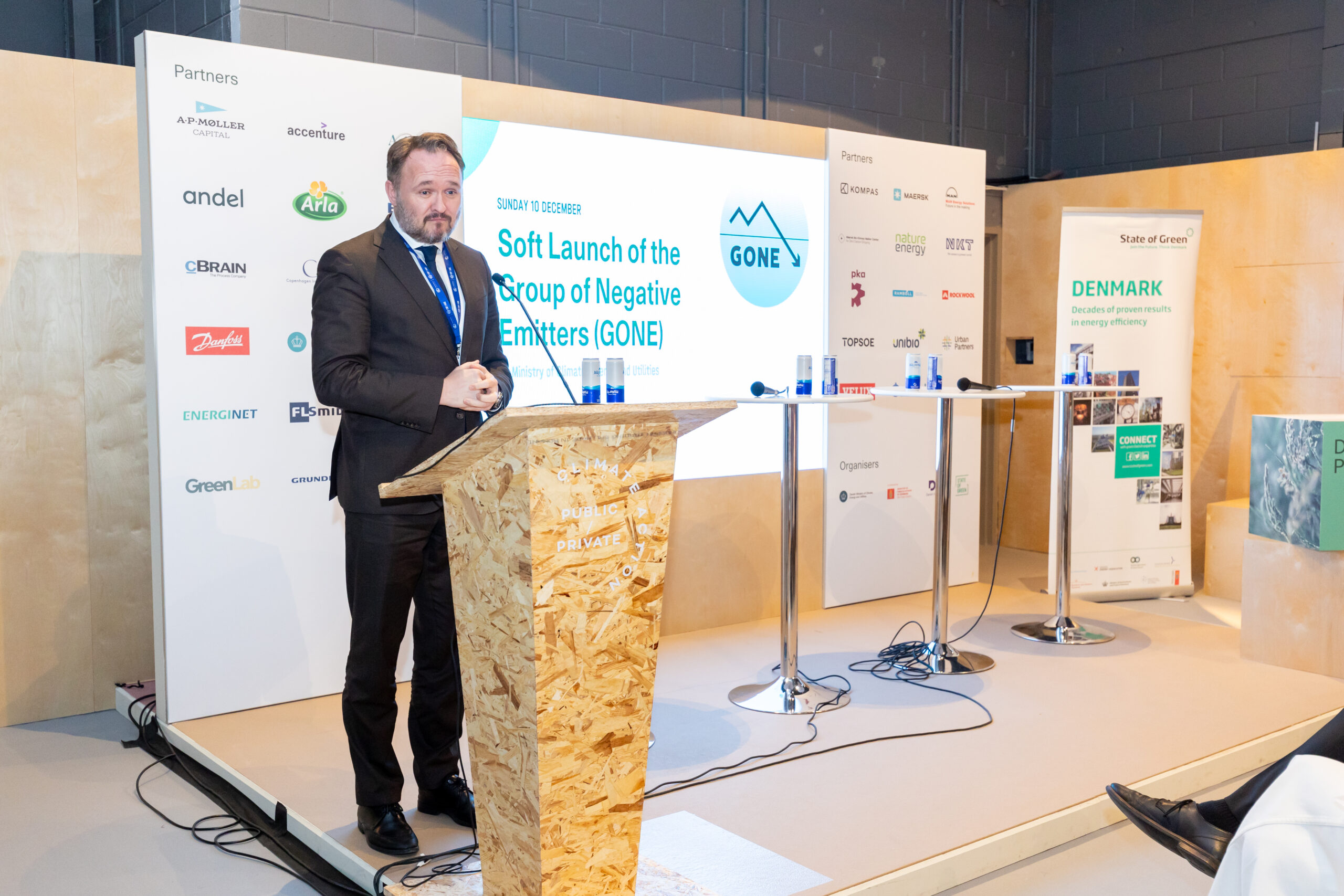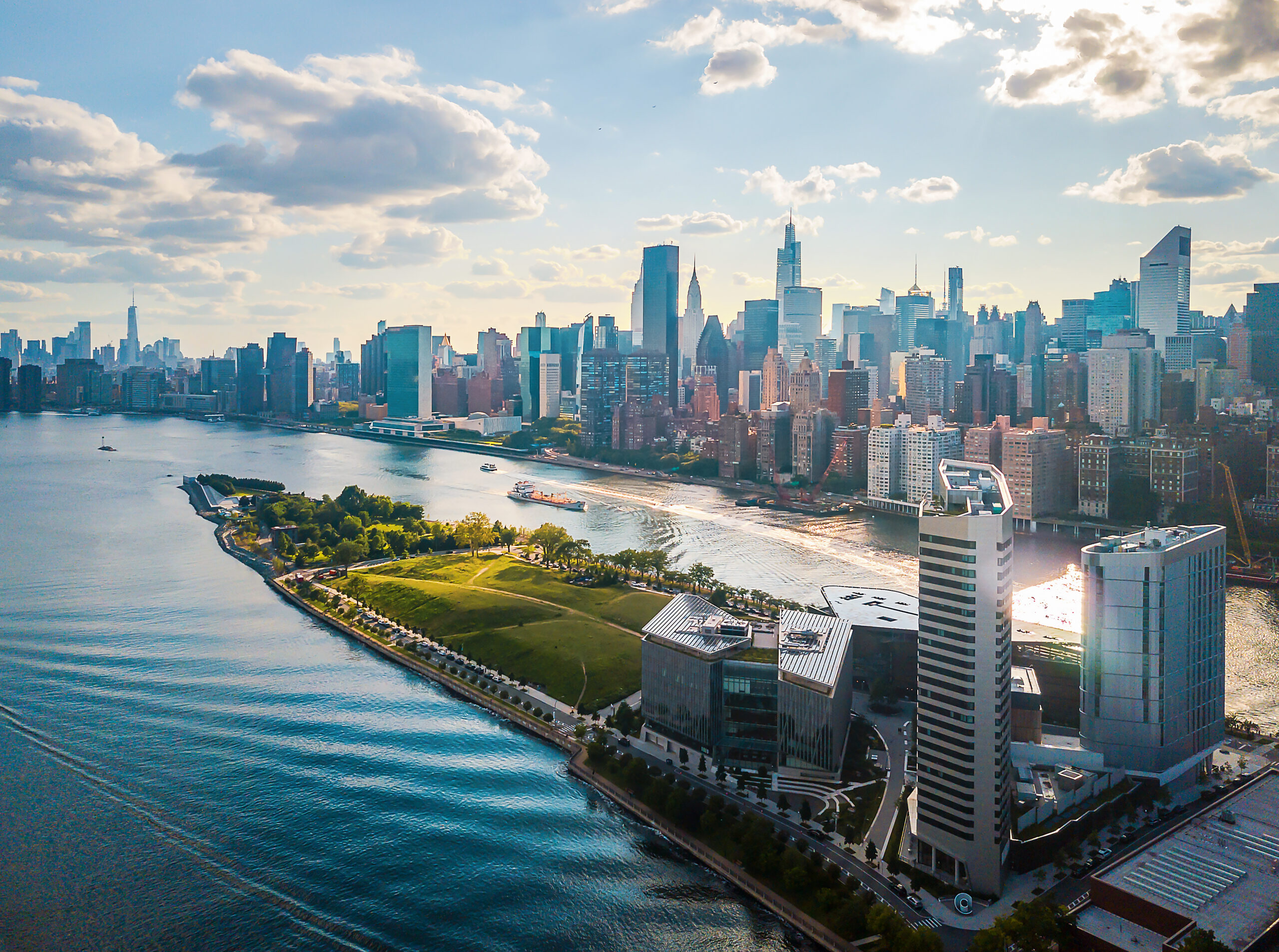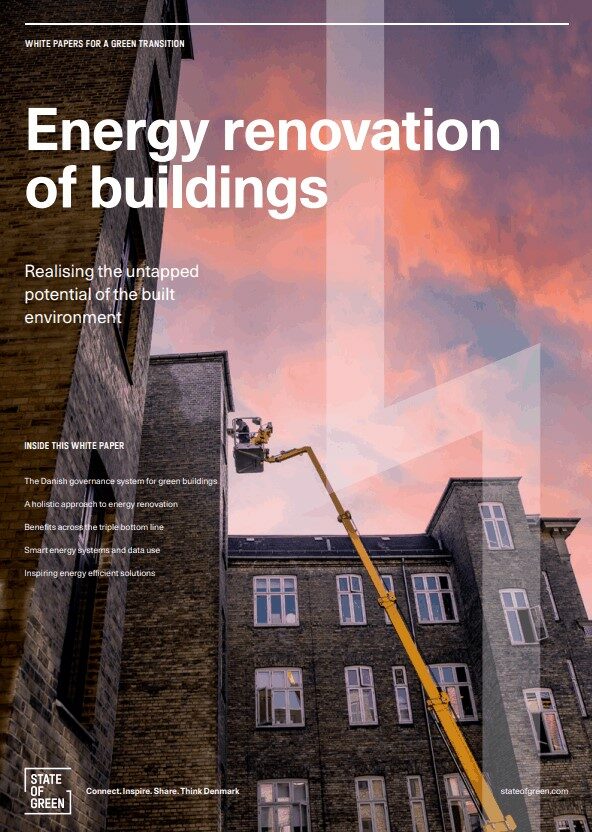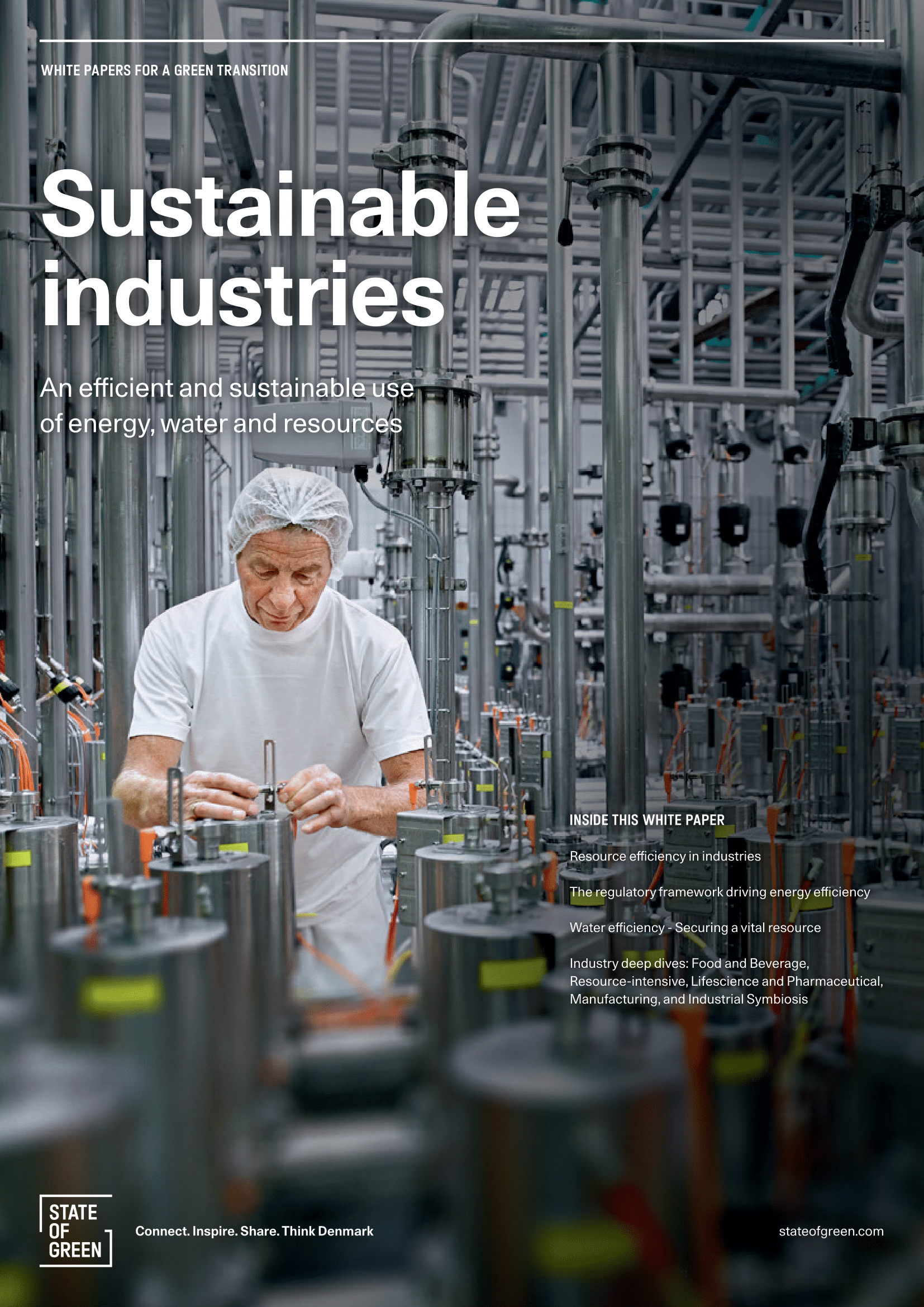Leading the way for the industry
Nine private developers and public housing organizations across Denmark have been selected to build examples, that will show the entire industry how it is possible to build new homes with four times less climate impact than normal construction projects. The development of the first project is set to start this year.
The chosen projects each receive a grant to finance sustainable development, innovation and knowledge sharing, which can contribute to reducing the climate footprint to a historically low level.
With the grant, each developer undertakes an aim for a climate impact of only 2.5 kg CO2-eq/m2/year. This is a quarter of the average climate impact of new constructions in Denmark and approximately a fifth of the new statutory limit value of 12 kg CO2-eq/m2/year.
In addition to reducing the climate footprint, the goal is to build healthy, attractive homes in an interaction between architecture, materials and indoor climate. The development process must ensure that the solutions are scalable, and in this way, the example buildings will stimulate both supply and demand for sustainable housing in Denmark.
